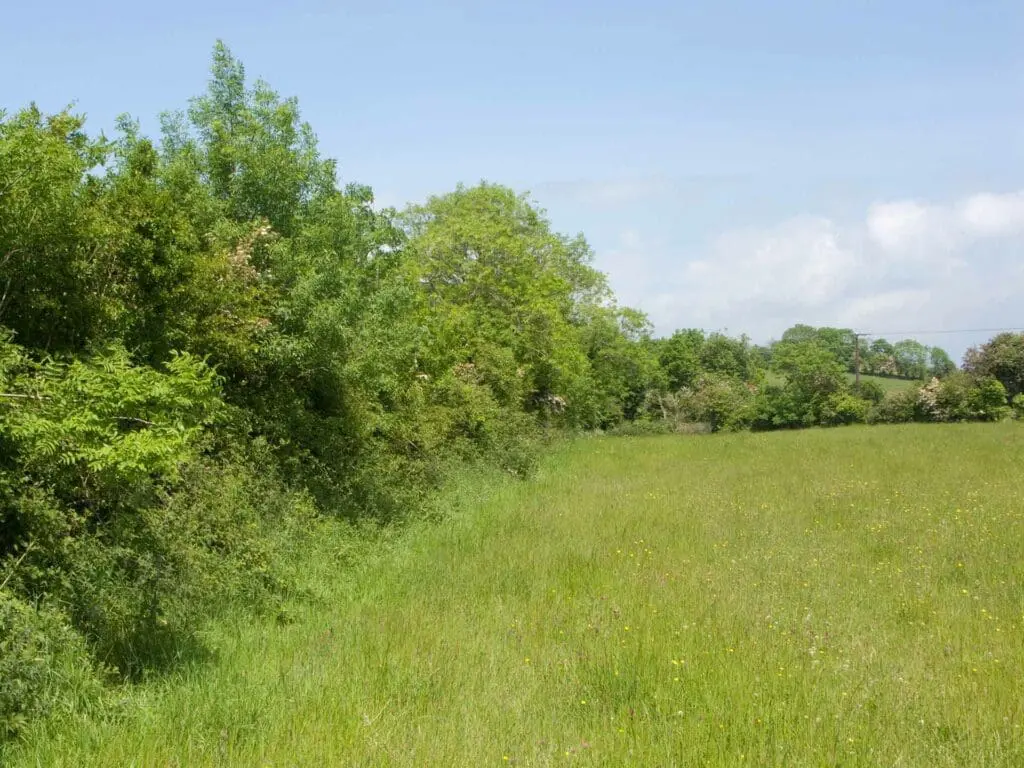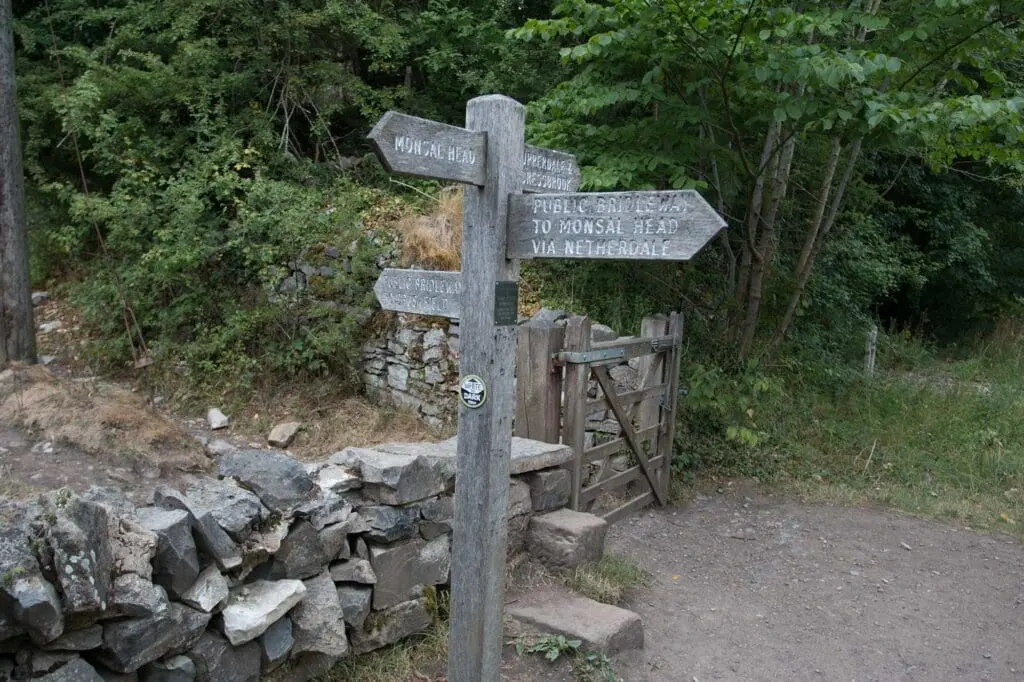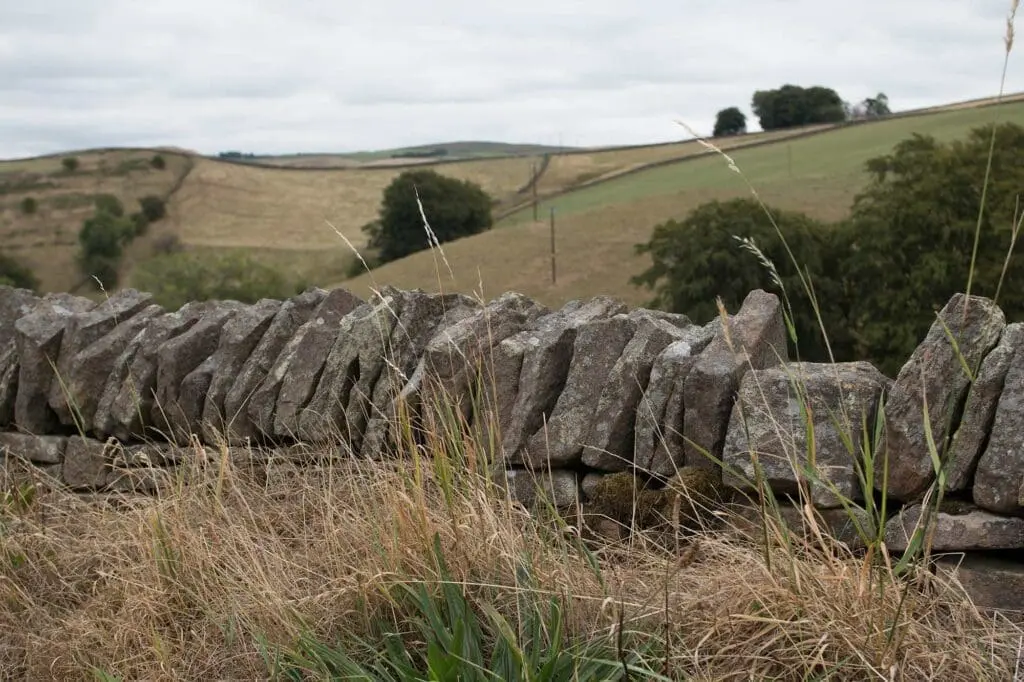Access work makes it easier for people to get around in areas of open space or countryside. It includes building and repairing paths and trails, waymarking, constructing steps, stiles, bridges, gates, boardwalks and doing drainage work. Much access work consists of maintaining these features to keep the rights-of-way network open.
Hands-on techniques for improving access
Path Construction
Mark out the line of the path with string and pegs, include an allowance for any path edgings.
Consider where you will be dumping the spoil. Strip the turf off and use to resurface the spoil.
Excavate between 8cm and 22cm depending on the soil conditions and the pressure the path will have to bear. Put in any edgings.
Lay the hardcore base and consolidate it thoroughly. Build any camber or crossfall into this layer. Avoid using stones that are more than half the depth of the layer.
Finish to the required level with fine material consolidated thoroughly.
Drainage
The surface of the path must be cambered to shed water that falls on it. There are three basic types of drain:
Side drains
Intercept water that might flow across the path and gather water shed from the path where it cannot be left to run off.
Cross drains
Take the flow from side drains across the path and act as cutoffs.
Cutoffs
Intercept water flowing down the path and divert it into the side drains or down the hillside. The water should be shed well clear of the path so it cannot run back onto it.
Ensure that the drains will neither be eroded nor blocked by silt being deposited.
Ensure drain lines and design and size of drains are decided upon before starting work.
Construct drains starting from the bottom of the hill and work uphill so that any water drains from the work site.
Steps
Use local materials where possible, but only if good quality. Railway sleepers are a good material.
The tread length will vary with gradient, but should be as constant as possible within one flight and never less than 30cm. Build several flights of different gradient rather than one flight of varying gradient. The height of risers should be nearly constant and a maximum of 20cm.
Boardwalk
Boardwalks are ideal for crossing difficult terrain, usually waterlogged.
Steps can also be built into boardwalks.
Avoid straight lines and take account of rising water levels.
A boardwalk can be an obtrusive element in the landscape, and should be used selectively. They can add interest to wildlife interpretation by allowing close access to interesting vegetation. The use of curved runs adds interest and enables the boardwalk to be fitted into natural uneven terrain. They are most useful for the protection of fragile areas to which controlled access is required and provide a smooth, firm surface for wheelchair users. If used as ramps, the maximum gradient should not exceed 1:12, but 1:20 is better.
Bridges
Depending on what the client wants, there is a range of options.
Consider access to the site, particularly for materials, and who will be using the bridge.
Timber Bridge
Provides sturdy construction for heavily used footbridges.
Timber bridges are built around two, or more, main beams with decking placed across at intervals.
If required a handrail can be attached as shown in the diagram.
Sleeper Bridge
Easily constructed, with only a few materials required. Good for crossing streams.
Duckboard
A more solid construction and is more secure underfoot.
Gates
Gates need to be built around a hanging post and a shutting post. This can be incorporated into either a wall or a fence.
Stiles
Stiles are built into fences or walls to prevent stock straying and allow access to pathways.
Follow the standard dimensions shown in the diagram below where possible.
Recommended Dimensions
Recommended Design
Season
Any time of year, but in winter bear in mind the type of work and size of group to avoid causing erosion damage, particularly in wet weather.
Preparation and working with groups
Site visit
Visit the site in advance to gain a clear idea of what you will be doing on the day. Assess the suitability of the project for the group you will be leading and the time available.
Undertake a risk assessment for both project and site. If you have to decide on the design or route of a path, consider the following points:
Materials
- Are suitable materials available locally? Local materials blend in best. Or will material have to be imported to site?
- Overestimate the amount of stone needed for steps and cutoffs.
- Examine existing paths in the area to determine their good and bad points.
Users
- Who will use the path? Hill walkers, day strollers, horse riders or motorcyclists? What sort and what size of path do they need?
- The path must be firm, even, well drained and more comfortable to walk on than the surrounding land.
The route
- Will it be used, or will people cut corners or even ignore the path?
- Do you need steps which are difficult to construct and generally avoided by walkers? Or can you route the path to avoid them? If in doubt, don’t build steps.
Drainage
- The path must be designed to stop water getting onto it and to shed rapidly any that does.
- Look carefully at the route of the path to determine where water is likely to cross the path or to lie on it.
- Decide what sort of drains are necessary and where they should be.
What is the worst weather likely to be?
- Drains must be large enough to take stormwater runoff.
- Paths running up slopes will need cutoffs to divert water running down them.
Tools and equipment
Depending on the size of the team adjust the quantity of equipment taken to the site. Ensure the tools are in good condition before using them.
- First aid kit
- Goggles
- Appropriate protective gloves
- Tape measure
- Spades
- Mattocks
- Pickaxes
- Crowbars
- Sledge hammers
- Rakes
- Bucket
- Wheelbarrows
- Punners
- Bowsaws (large and small)
- Hammer
- Slasher
- Loppers
- Fencing pliers
- Mell or Maul
- Tenon saw
- Nails
- Staples
- Wood chisel
- Mallet
- Drill
- Shovel
- Tamper
- Clearance tools
- Site safety signs
Ensure all team members are wearing appropriate footwear and clothing and issue the specified safety equipment.
Introduction
Introduce the site, the work and the reasons for doing it. Walk around the site explaining what work will be undertaken. Identify potential hazards and how to work safely around them.
Demonstrate tool use
Demonstrate and explain the safe use, carrying and onsite care of the tools before starting work.
Demonstrate work techniques
Demonstrate all new work techniques as you come to them. This will save mistakes and avoid accidents.
Demonstrate the correct lifting technique (bending the knee and keeping the back straight so that the leg muscles are used and the back is not strained).
Organisation of team
Pair experienced and inexperienced volunteers. Let pairs work on their own sections.
If there is a variety of work, let people change jobs at breaks to avoid boredom. The leader should check, assist and encourage people and ensure work standards are maintained.




